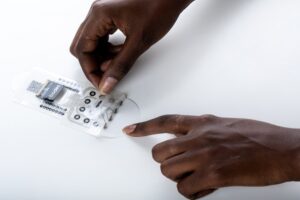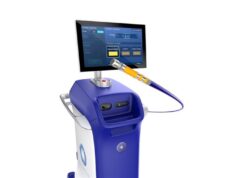 X-trodes has announced that the US Food and Drug Administration (FDA) has granted 510(k) clearance for the company’s Smart Skin solution, marketed as X-trodes System M, a wireless wearable technology for advanced electrophysiological monitoring.
X-trodes has announced that the US Food and Drug Administration (FDA) has granted 510(k) clearance for the company’s Smart Skin solution, marketed as X-trodes System M, a wireless wearable technology for advanced electrophysiological monitoring.
X-trodes’ Smart Skin is comprised of customisable dry-printed multimodal electrode patches. It monitors a wide range of biopotential signals from anywhere on the body to acquire EEG (brain activity), EKG/ECG (cardiac monitoring), EOG (eye movement), and EMG (muscle activity) data.
The FDA clearance follows successful completion of an extensive scientific assessment that evaluated the accuracy and consistency of X-trodes’ system. The study showed the performance of the X-trodes technology to be equivalent to that of FDA-cleared clinical electrophysiology devices in measuring EEG, EOG, EMG, and EKG/ECG signals.
“The X-trodes system is the next generation of wearable and fully wireless solutions, enabling clinicians and researchers to unleash the full potential of medical-grade electrophysiological monitoring,” said Ziv Peremen, PhD, CEO of X-trodes. “Gaining FDA clearance affirms the value of this technology and its potential to improve health and wellness through access to real-time electrophysiological data. It will further shorten the path to commercialisation for a range of clinical use cases.”
Having achieved FDA 510(k) clearance, X-trodes will pursue further validations for a wide range of clinical use cases, with an initial focus on the cardiovascular and sleep monitoring markets.
“Despite an abundance of legacy and new medical device companies entering the market, there is still no single configurable remote monitoring system capable of supporting neurology and cardiology departments in providing the best possible patient experience and outcomes,” said Deganit Barak Shinar, VP of clinical affairs at X-trodes. “Our medical-grade multimodal solution, which can be deployed across clinical departments and outpatient settings, including the home, has the potential to significantly improve the provision of care.”









